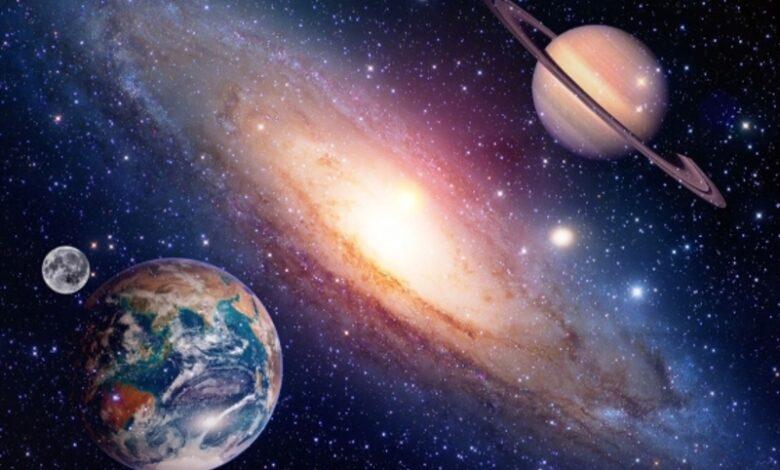Planets are born before their stars complete their formation: new data from astronomers

An international team of astronomers has concluded that the process of planet formation may begin much earlier than previously thought — even before the central star has completed its growth. Scientists came to these conclusions after studying young stars in the Ophiuchus region of active star formation, located at a distance of about 460 light years from Earth. About this informs ScienceDaily.
During the re-analysis of archived data from the ALMA (Atacama Large Millimeter/submillimeter Array) radio telescope, astronomers managed to find clear signs that planetary construction begins at the early stages of a star’s life. These are structures in the form of rings, arcs and spirals in protoplanetary disks — typical traces of the interaction of young planets with their environment.
These structures were especially vivid in the images of 27 protoplanetary disks—the largest set of clear observations of this type made within a single star-forming region. A total of 78 discs were processed, and more than half of the images turned out to be three times more detailed than previous observations. Thanks to this, it was possible to identify 15 structures that were previously inaccessible for visualization.
The analysis confirmed that planets can begin to form several hundred thousand years after the birth of a star — at a time when it is still just accumulating mass. This changes the general understanding of the chronology of planetary evolution and indicates that some elements of the planetary system may arise literally parallel to the central luminary.
The discovery helps to better understand how solar-like systems form and could be key to studying exoplanets and the early stages of our own solar system.





